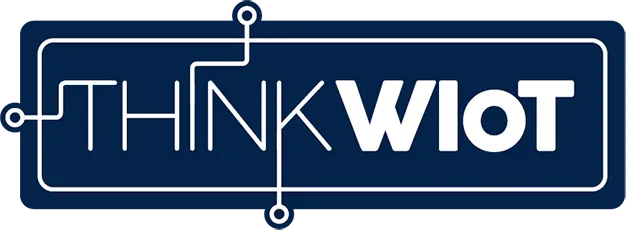AIM-D, omlox & OPC Foundation Lay Foundation for Physical AI in Industry 4.0

Unified locating as a key to “Physical AI”
With the new OPC UA Companion Specification for identification and location, the OPC Foundation, together with omlox and AIM-D, is creating a uniform, cross-vendor basis for linking positions, objects, and data in real time.
This creates a central foundation for Physical AI – AI systems that understand physical space and make automated decisions based on this understanding – for industry, logistics, and infrastructure.
Standardized spatial data model
At the core of the specification is a standardized spatial data model based on OPC UA. It connects location and identification technologies such as RFID, codes, sensors, UWB, GNSS, Wi-Fi, and RTLS with the established OPC UA communication layer.
Instead of proprietary interfaces and data silos, users get a uniform semantic model that can be used to consistently capture and interpret location and identification data and process it further in IT and OT systems – from the edge to the cloud.
Greater interoperability for manufacturers, integrators, and users
For manufacturers and system integrators, this means that location and auto-ID solutions can be made more easily interoperable and seamlessly embedded into existing OPC UA architectures.
Users benefit from scalable solutions for autonomous mobile robots, intelligent material flows, asset tracking, digital twins, and resilient supply chains. Investments in wireless IoT and RTLS infrastructures become more future-proof because new components can be integrated without breaking points.
Comments from AIM-D and the OPC Foundation
Peter Altes, Managing Director of AIM-D, emphasizes:
"With the joint specification, we are creating the long-awaited bridge between auto-ID, location tracking, and industrial communication. This gives users planning security and paves the way for interoperable solutions across technology and manufacturer boundaries."
Stefan Hoppe, President of the OPC Foundation, adds:
"OPC UA is the common language of industry. With the new Companion Specification, we are now also integrating spatial information and identities in a standardized way—a crucial step toward implementing Physical AI and Industrial IoT efficiently and scalably."
Relevance for the Think-WIoT community
For the Think-WIoT community, the OPC UA Companion Specification is a strategic step toward consistently networked, transparent, and AI-enabled production and logistics environments.
Open standards, common data models, and interoperable ecosystems are becoming key to efficiently bringing together wireless IoT, auto-ID, and location technologies—from the smart factory to the warehouse to the global network of connected assets.

